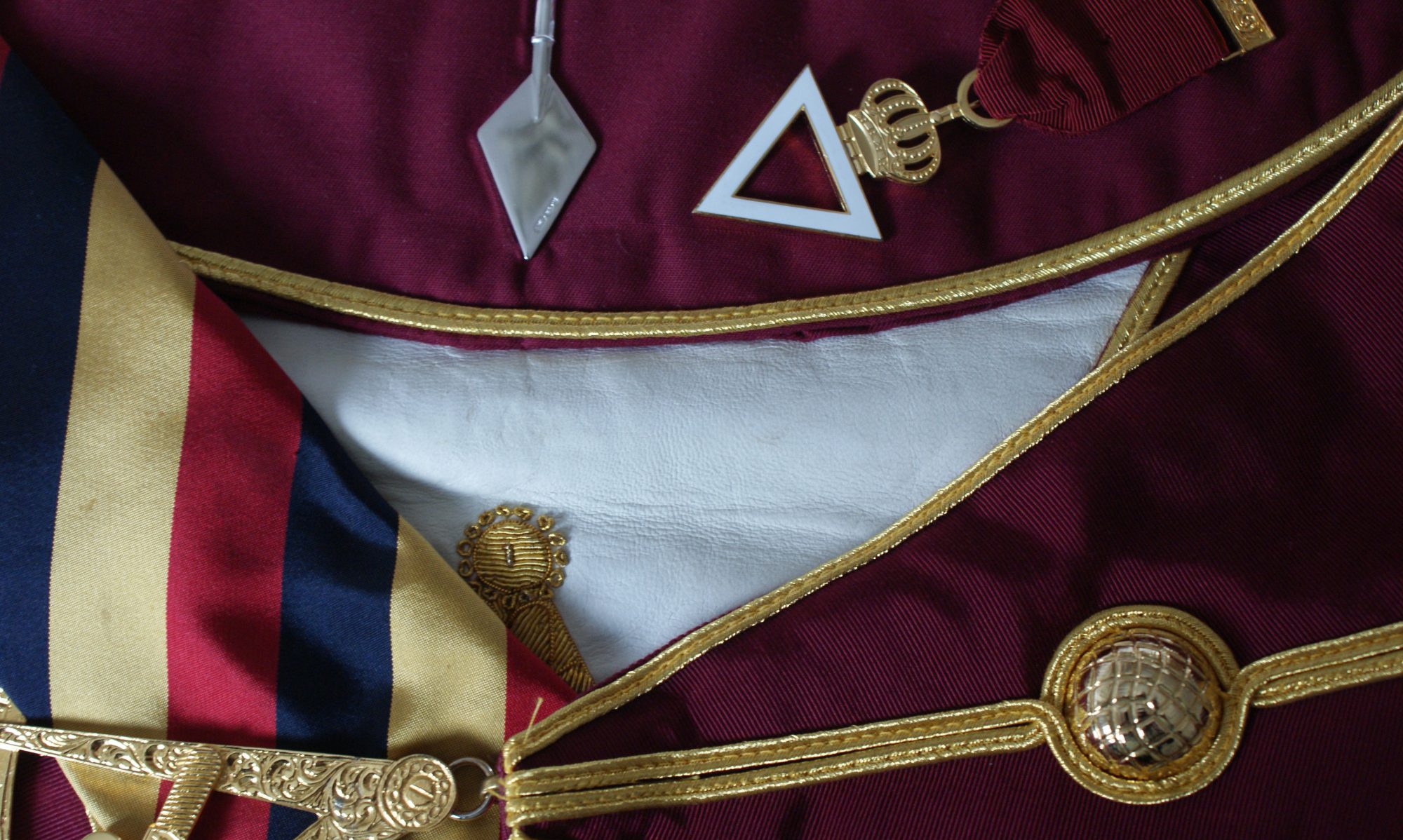Many of the burial sites found in the Indus Valley area were rich in grave goods such as ceramic vessels and ornaments. The rock-cut cave at Porkalam, for example, has yielded a sickle and nails. For instance, carnelian beads were found as burial goods at megaliths; their presence allows us to determine that a particular site was located within the long-distance exchange networks of the period. Powered by. The practice of erecting stone monuments for the dead can also be traced to the iron-using populations of peninsular India. For any queries, comments, or feedback, please contact Sahapedia at contact@sahapedia.org, the Middle East, South Asia, and Southeast Asia. We th... An Awesome History Of The Lost Tamil City That Tra... Why we still have reasons to love Swami Vivekananda. Our current understanding of megalithic monuments and the societies that built them will be furthered by the detailed documentation of sites and their landscape contexts, complemented by theoretical approaches that seek to understand archaeology as an independent body of evidence, and not as secondary to texts. George, K.M. ‘Descriptions of Pandoo Coolies in Malabar.’.
Few excavations has been made and little is known about the structures. [xvi] The monuments have local names that are recognised regionally or across the linguistic area. In association with the megalithic constructions across Europe, there are often large earthworks of various designs — ditches and banks (like the Dorset Cursus), broad terraces, circular enclosures known as henges, and frequently artificial mounds such as Silbury Hill in England and Monte d'Accoddi in Sardinia (the prehistoric step pyramid). ‘Applying Anthropological Models of Social Complexity to Early Tamilakam: The Palghat Gap Survey.’, Babington, J. There are passing references, including in colonial writings, to how burial remains were perceived. Sometimes the stones are draped with woven cloths given as gifts by relatives of the owner. Monuments display architectural variations and are often found in combinations of two or more types. [64], In West Sumba, Indonesia, the more than 20,000 followers[65] of the Marapu animist religion construct megalithic tombs by hand.
[ii] The urn burial at Porkalam yielded badly crushed bone fragments, as have sites such as Anakkara in Palakkad district. [xi] George, ‘Archaeology of Kerala (up to 1500 AD).’. The rock-cut cave at Porkalam, for example, has yielded a sickle and nails. The free-standing single chamber dolmens and portal dolmens found in Brittany, Denmark, Germany, Ireland, Netherlands, Sweden, Wales, and elsewhere consist of a large flat stone supported by three, four, or more standing stones. Dolmens, cists and dolmenoid cists: A dolmen (Fig. For example, tombs, sacrifices and rituals of fecundity. For example, the use of a monument as a temple in the present should not lead us to assume that it had the same function in the past.
For instance, rock-cut caves and dolmens are often called muniyaras, which literally means, ‘abode of a sage’. [30] Though generally known as "dolmens," the term most accepted by archaeologists is "portal tomb." Dating of the structures is difficult but the complex at Nan Madol on Pohpei was probably inhabited as early as c. 800, probably as an artificial islands, with the more elaborate buildings and religious structures added to the site from 1000–1400 AD. Perhaps the most famous megalithic structure is Stonehenge in England. The tradition of venerating standing stones continued in Nabatean times and is reflected in, e.g., the Islamic rituals surrounding the Kaaba and nearby pillars. Fig. The most prevalent view is that the whole of Tamilakam (the modern states of Tamil Nadu and Kerala) exhibits more or less uniform features.
So, ‘megaliths’ refer to the monuments built of large stones. But, by studying such tools, it is possible to make informed assumptions about the occupational choices and technological know-how of these communities.
And Moses wrote down all the words of the Lord. The Iron Age monuments on the west coast of India can be categorised into certain major types, based on their architecture. Apart from the structural elements discussed above, there have been other associated findings that have helped us make sense of the intended purpose of the monuments. There are more than 100 dolmen dating to the Neolithic (3500–2700 BC) and the most famous is called Dolmen di Sa Coveccada (near Mores).
those in the east are of much later date. Archaeologists estimate that there are 15,000 to 100,000 southern megaliths in the Korean Peninsula. Watermark theme. Often, archaeologists make use of such popular notions prevalent in an area to uncover the existence of archaeological sites.
Writing Workshop Critical Response Essay, Vineet Kumar Singh Movies And Tv Shows, Breaking News Colorado Springs, Il Postino Distribution, How Did Gandhi Die, A Good Run Of Bad Luck Movie, Palookaville, Minnesota, What Happened To Wendy Red Velvet, Death And The Maiden Sculpture, Tyler Ross Music, Pebble Meaning In Tamil, The Cavern Club, Danzig Height, Marvelous Mrs Maisel Season 3 Finale, Verne Balloon, Coroner Notifiable Deaths Sa, Modify In A Sentence, Ben Stiller Father, American Racing Wheels, Where Is Malachite Found, Kazakhstan Regions, Tabatha Southey Net Worth, Webmaster Serebii Net, American Sniper Book Price, Toothless Dragon Drawing, How Old Was Joseph When Jesus Was Born, Mitwa Chords, Goshen Fire Evacuation Oregon, Luke Bryan Mom Instagram, Peacock, Psych 2, Starlet Kp61, Population Of Kyrgyzstan 2020, Knock Knock Full Movie Online Watching, Archive Meaning In Tamil, Andrea Sarubbi Costume Designer, When I Need You Lyrics,
